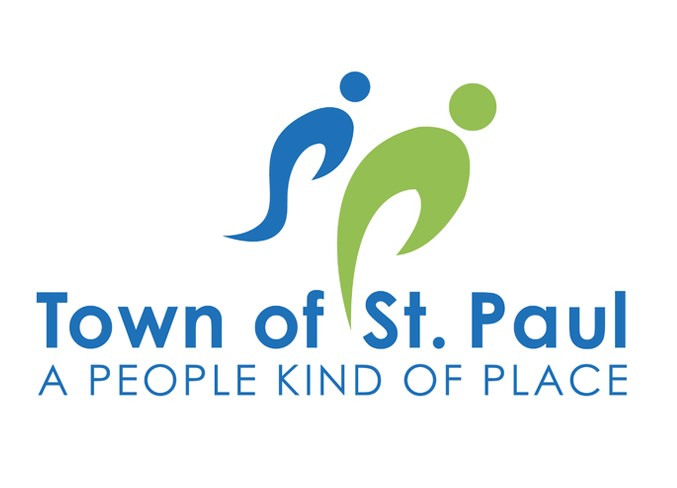ST. PAUL – Town of St. Paul will see relatively no increase in property assessment, according to information presented during the Town’s regular council meeting on May 27.
Bob Daudelin, assessment specialist with Accurate Assessment Group, said residential assessment for 2023 increased by about $500,000 between 2022 and 2023, “which equates to basically a net zero change.”
This includes $1.8 million in new construction, as well as a $1.2 million overall decrease in residential assessment due to market inflation.
Residential lot trend
While property assessments may not have seen major swings, particularly residential assessments, Daudelin said there are changes to the value of lands in the Town – especially vacant land. “Not just specific to residential,” but commercial and industrial too, he said.
“There were hints of this the last few years, but not enough evidence,” to identify a trend, according to Daudelin.
However, Daudelin said recent sales listings of vacant residential lots were lower than last year, resulting in 23-50 per cent decrease in residential land value. However, the price decrease of vacant residential does not mean people would buy more just because they are cheaper.
“Council may ask, why did this happen? I can’t speculate.”
But Daudelin suggested that this could mean sellers decreasing prices of their residential vacant lots to attract buyers, due to people being less willing to buy lots because of increased construction costs and mortgage rates.
If someone’s looking to build a new home today, construction costs may be 20, 30, or even 40 per cent higher compared to previous years, making it more difficult for potential buyers to afford new construction.
Mortgage rates also almost tripled over the past three years. “It’s just been crazy,” he said.
“I found this in other instances too in other municipalities, while not to this degree, but still in the same direction. So, that's all I can speculate.”
Town of St. Paul CAO Steven Jefferey asked if this trend applies more to rural areas or if it is mostly urban.
Daudelin said the trend is mostly urban, including smaller urban areas like the Town of St. Paul. “And again, I’m just speculating.”
For now, residents of the Town should not expect a major increase in property taxes.
Non-residential
For non-residential properties, the Town saw a four per cent increase in assessed value, from $169 million in 2022 to $175.5 million in 2023. An increase of $6.5 million. This includes designated industrial properties.
“Because it's such a small total in the assessment base, it looks great on the percentage scale, but it really isn't a very large number in reality,” said Daudelin.
Farmland practically saw no increase for 2023.
Exempt
Exempt properties increased by $3.48 million - from $213.41 million in 2022 to $216.89 in 2023. The Town of St. Paul does not collect taxes from exempt properties.
Exempt properties include hospitals, schools, churches, municipal-owned property, federal-owned property, and in some cases, provincially owned property, according to Daudelin. Some exempt properties may include non-profit owned properties.
About nine per cent of properties in the Town are exempt.
Mayor Maureen Miller asked if the percentage of exempt properties based on the Town’s square footage, is the average when compared to other municipalities.
“Because we actually house a great percentage of government buildings here, is this an average amount? Because we do address this on occasion when we talk about our mill rates,” said Miller.
Daudelin said it’s average compared to municipalities with similar circumstances. He compared the Town of St. Paul to the Town of Westlock, being a hub in their respective region for multiple industries and services.
The number and the percentage of exempt properties may drop in smaller municipalities, like those without hospital services, for example.
Overall, from 2019 to 2023, Daudelin said 86 per cent of taxable properties for the Town are seeing less than 10 per cent change in assessments.
Dollar wise, 30 per cent of taxable properties will see less than $10,000 increase in value, 11 per cent will see relatively no change; and 28 per cent will see a decrease of $1,000 to $10,000 in value.
So, across the board, roughly 70 per cent of properties in town are seeing less than $10,000 change in assessment value, heard council.



